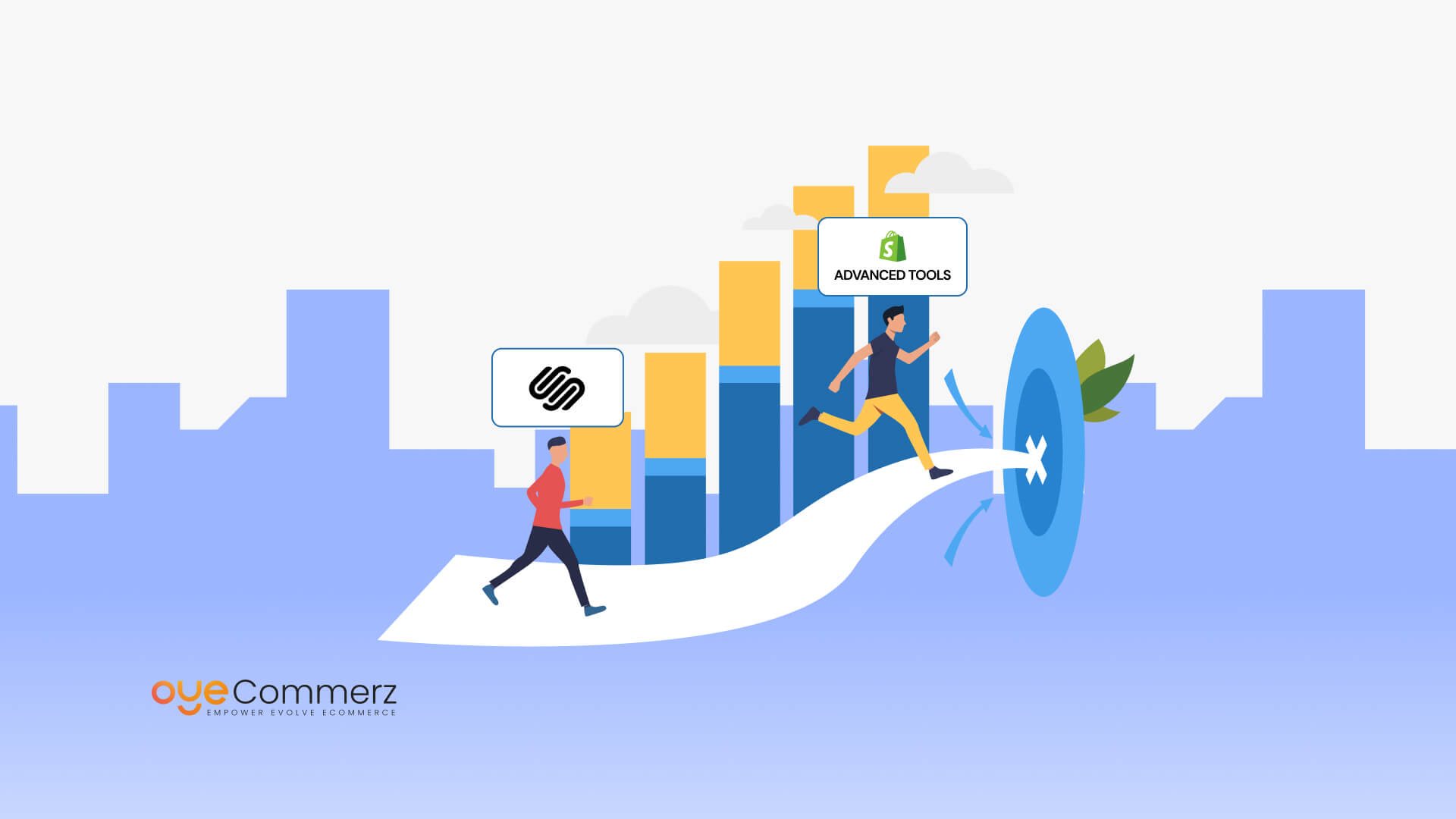In today’s competitive online retail landscape, selecting the right platform for your digital store can significantly influence your business growth. Many businesses at first start with Squarespace for its simplicity but ultimately outgrow its features, prompting a switch to Shopify for enhanced scalability and features. This detailed guide will help you navigate the process of Squarespace to Shopify migration, ensuring a smooth transition while preserving your information and optimizing your new Shopify store for success.
Why Switch from Squarespace to Shopify?
While Squarespace offers an user-friendly interface for new users, it has limitations for scaling an online retail business. Shopify, on the other hand, offers a robust platform with capabilities like Shopify theme customization, sophisticated integrations, and a vast app ecosystem. According to a 2023 study, Shopify powers over 4 million companies worldwide, making it the preferred choice for entrepreneurs looking for flexibility and growth.
Key Factors Before Migration
Before diving into the Shopify migration guide, it's crucial to plan your migration meticulously. Evaluate your existing store’s requirements, from data transfer and product listing transfer to ensuring e-commerce information security. Identify whether you’ll use automated migration services or follow manual migration procedures. Each method has its pros and cons, depending on your technical expertise and budget.
Steps for Exporting Data from Squarespace
The first step in migrating your store is to transfer your data. Squarespace allows you to move essential content like products, orders, and customer records. However, some limitations apply, such as restricted export options for certain articles and pages. Using software or services to help in exporting information from Squarespace can save time and guarantee accuracy.
Importing Products and Data into Shopify
Once you’ve exported your information, you’ll need to upload it into Shopify. Shopify’s built-in import features support seamless product catalog transfer, customer information migration, and order history migration. For bulk data, Shopify applications for migration can simplify the process while reducing manual errors.
Switching Domains and Shopify Setup Process
A key aspect of your migration is transferring your domain. Shopify provides a simple process to connect your domain, ensuring no interruptions to your web presence. During the Shopify setup process, you’ll configure store settings, payment methods, and shipping methods, creating a strong foundation for your e-commerce store.
Personalizing Your Shopify Store
One of Shopify’s standout qualities is its personalization options. Unlike Squarespace, Shopify offers extensive theme customization to match your brand’s persona. With thousands of themes accessible, you can adapt your store to enhance the user experience in e-commerce and boost e-commerce SEO practices.
Migration Costs and Support
Migrating your store entails costs, from domain transfers to Shopify setup process explained hiring experts for technical assistance during migration. Shopify’s network offers resources like tutorials and dedicated migration services to ensure a seamless process. Preparing a migration cost budget helps prevent unexpected charges.
Post-Migration Checklist for Shopify
After completing your migration, follow a post-migration checklist for Shopify to ensure everything functions flawlessly. Check data accuracy, test payment gateways, enhance for SEO, and activate essential features like mobile responsiveness. Address any issues quickly using migration troubleshooting tips.
Benefits of Migrating to Shopify
Migrating to Shopify provides possibilities for growth. With access to sophisticated analytics, a vast app marketplace, and better scalability, Shopify empowers businesses to thrive. By transitioning, you gain tools for better Shopify store optimization and availability to advanced features lacking in Squarespace.
Conclusion: Your Path to E-Commerce Success
Transitioning from Squarespace to Shopify may appear challenging, but with a organized approach, it can be a game-changer for your business. Whether you’re migrating blog content, securing customer data migration, or resolving E-commerce platform migration issues along the way, Shopify offers the tools to expand and grow.
Are you prepared to take the next step? Begin your journey today by exploring Shopify’s robust features or consulting migration experts. How will you ensure your e-commerce platform adapts with your growing business? Let us know your thoughts!
